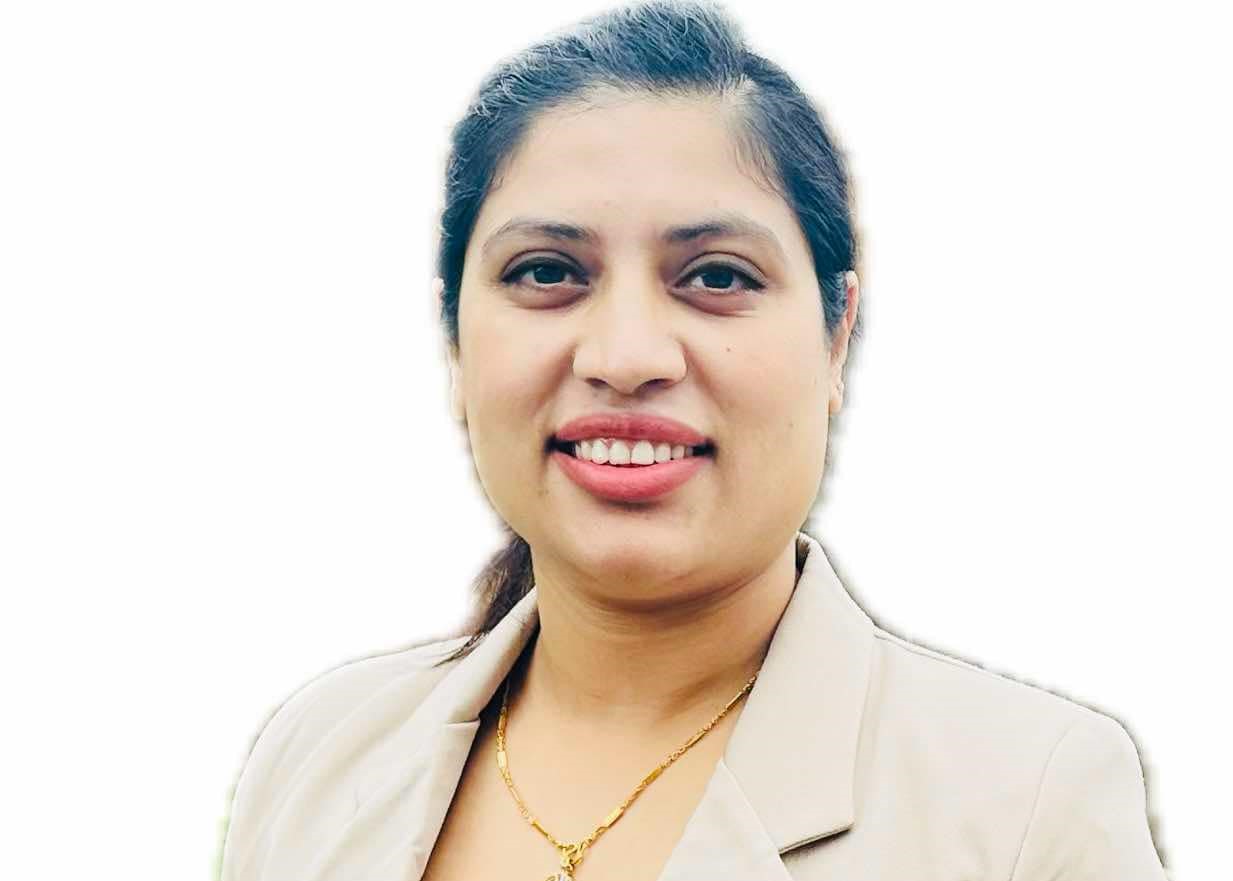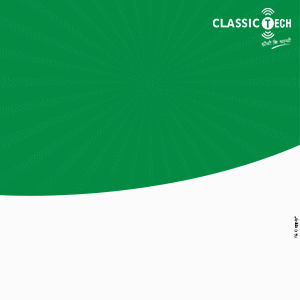Effect of cultural beliefs on healthcare practices in Nepal’s context

Introduction
Nepal is a small mountainous country in southern Asia, land locked by mostly practice traditional medicines like Ayurveda, Tibetan medicine and faith healing (Subedi, 2018). According to Bista (2008, ed.2020), numerous ethnic group of Nepal including Limbu, Rai, Sunuwar, Sherpa, Tamang, Gurung, Magars, Lepcha and Khas etc. practice Jhankri Shamanism and go to faith healers likeDhami or Jyotish. These faith healers work as mediators between the ethereal world and the spirits/souls (ibid). Tibetan medical practitioners are called ‘amchis’ and the medical system is commonly practiced in the mountainous regions of Nepal (Poudel, 2019). The faith of indigenous people on traditional medicine depends on their exposure to the outer world. Majority believe in the traditional and superstitious way of health care mostly based on the Hindu and Buddha mythologies. For example Gurung community have their Pachyu and Tamang community have BonpoLama to diagnose, counsel and treat by chanting ‘mantras’ (divine words) in their native language and forcing the evil spirits to leave the body of the sick ones. Likewise, Limbu people go to the Fedangma or Angsi, the Newar people have Baidya and Bajracharya, the Brahmin and Chhetris do go to the Kabiraj or Jhakrisand so on. These faith healers pretend that they have their respective guru’s power. Here, guru means their ancestral wise men who were the healers cum ideal leaders of morality, values and norms. Some of them are treated as prophets of magical power. The major social function of the shaman in these societies are the diagnosis and treatment of physical and mental illness, as well as personal problems such as marital conflicts, economic difficulties and bad luck (Subedi, 2018).
The shamanic way of treatment is not in alliance to western allopathy, they are sometimes quite closer to Ayurveda, natural medicine, or Tibetian methods though. These faith healers have deep impression over the rustic people since these practices are adhered to culture and aligned to the religion. They want to preserve their tradition and hence their business. This article endeavors to see how these shamanic traditions can be made into use in modern medicinal practices by health workers in Nepalese societies.
Objective
The main objective of this article is to explore briefly the prevalent traditional health practices in Nepal based on the beliefs and values of the indigenous people and try to see the ways how a health worker can manipulate it in modern western medicinal practices. Besides, it will endeavor to help health workers to work in alliance to shamans and faith healers in Nepal.
The major discussions
Modern medicine and the western allopathic medicine started some four hundred years ago in Nepal by Christian Missionaries who were working in China and Tibet (Poudel, 2019). They really became prevalent just half a century ago from now after many hospitals are established and the Nepalese doctors are produced both inside and outside the country.
Faith healing: Faith healers in Nepal can be mainly categorized as dhami-jhankri, pandit-lama/gubhaju and jyotishi (J Family, 2020). Dhami-jhankri are shamans, pandit-lama/gubhaju are the priests whereas jyotishis are astrologers in their respective ethnic communities in Nepal. Dhami-jhankris act as mediators between the spiritual world and the material world. Invasions by different spirits are believed to be common causes of illness in Nepal. The faith healers diagnose the type of spirit and pacify them by offerings or oust the evil spirit from the patient’s body using their holy methods that include queer dances, drumming, worships, animal sacrifices, shrill songs etc.
Food habits:Meats, alcoholic drinks and milk items are restricted to the specified castes. For example Brahmin and Chhetris don’t drink alcohol. They eat only the mutton, the Ethnic castes eat every other meats and drink alcohol. Some so called lower castes even eat the carcass. Such food habits causes many of them be the susceptible host of different food-borne diseases but a health worker cannot stop them from such low quality food stuff since they offer the libel and drink for the god during worship or after. The health worker has to go a tacit way of counseling and suggesting and diverting them to other alternatives.
Female health and gynecological problems: The indigenous people regard the begetting as god’s will and even don’t use contraceptives partly because of ignorance and partly for taking it as gods defiance (Bista, 1996, ed. 2020). As a result, they give birth to too many children, parturition at unhealthy way, lack nutrition and go weaker. Moreover, they go for fasting most often to please the god. Hence, a health worker may want to take the help of shamans and faith healers to allow them take some foods and quit some un-hygienic habits.
Drinking water duringdiarrhea and cholera: There are blind faiths like one should not drink water during diarrhea and cholera. For them, the addition of extra water means the lingering of loose motion. This concept kills many a hundred people every year. In such cases, only shamans and faith healers can allow them drink water that is purified by their magic words.
Menstruation and Chhaupadhi:The females during their menstruation are forced to live in the cowshed or so for 4 to 5 days in the far western Nepal’s societies (Bista, 1996, ed. 2020). This invites risk of infection and the physical and sexual security threats. Almost in all Nepalese societies, the period is regarded as untouchable to anything else. If they touch it during the menstruation, the plants will die, the cows and buffaloes will go dry (stop milking), the bus will get an accident and boat will turn upside down. These rural females are not taught about genital hygiene and are not provided with the sanitary pads that ultimately causes VGAs. Only the shamans and faith healers can purify them by spreading holy water (the gold sake)
Boksi and chhauda pratha:In the cases when a disease is not diagnosed, or when one withers due to malnutrition etc. thenthe shamans blame some poor/ugly/wicked person to be the boksi meaning a man with evil spirit namely-Bhut, pret, masan (ghost, hanged souls, and devils) who can harm anyone upon his/her will (BC, 2020). Such boksis are exposed to social ignominy and are tortured to force the supposed spirit abandon the ill body. The health workers again should take the help of shamans to fair treat the boksi and health treat the diseased.
Internal ailments:The diseases like ulcer, cancer, appendicitis are known as ganu, gola and shool by the shamans (Poudel, 2019). They didn’t have the x-rays in the past. So, they used bath, pitta, and cough methods in which they tried to ooze out the bile juice, syrum, and cough by natural methods or by Ayurveda, each time getting the help of the divine mantras. The shamans ask the sick person or their family to offer the goat or chicken, money and corns to placate thespirits, which the shamans consume themselves (J Family, 2020). The health workers can hardly convince the sick people presenting the proof of a film developed after an x-ray or an ultra-sound.
Leprosy: It is called the maharog and regarded as the incurable (Bista, 1996, ed 2020). Such diseased are secluded from the society by the shamans and are made to reside in a hut far away from the village/city. They are thought cursed by the god and hunted by the spirits. Keeping the fact in mind, the health workers need to keep them in isolation room and treat.
The above cases are only the representative one. There are so many other instances where Nepalese people are under the influences of the shamans and faith workers. They are prevalent in the country sides and also practiced even in big cities like Kathmandu to a large extent. Modern health care practitioners cannot avoid these beliefs and practices overnight but has to go side by side taking all these shamans in the rapport. They must not be agitated, otherwise they go rebellion since they have the armor of the religion.
Conclusion
Nepalese health care/nursing care comprises variety of medical systems. Ayurveda, Tibetan medicine and faith healing are the main medical systems of Nepal practiced by the indigenous group. Modern medicine and the western allopathic medicine started lately than is industrialized countries. The alternative medicine systems are so popular till the date because of religious beliefs and values. The modern medicinal practitioner have to struggle hard to mentally prepare such indigenous people to follow the modern methods. So, they take they work in collaboration with the faith healers like Dhami, Jhakri and Shamans in the integrated form to incorporate traditional medical systems as mentioned above. The integrated health service practices applies for all the health services taking from health awareness toan inoculation, or a safety measure or a treatment or the food habits, mostly in rural areas.
References
BC, Nar Bahadur (2020). Manchhe Tokne Boksi. Shikha Books: Kathmandu, Nepal
Bista, DB (1991, ed.2008, 2020). Fatalism and Development: Nepal’s Struggle for Modernization. Orient Longman: Calcutta, India
J Family Med Prim Care. Role of Faith healers: A barrier or a support system to medical care- a cross sectional study. Published online 2020 Aug 25. doi: 10.4103/jfmpc.jfmpc_868_20
Poudel, R. S. (2019). Exploring Shamanism and Faith Healing in Nepal. Journal of South Asian Studies, 42(3), 305-320. https://doi.org/10.1080/00856401.2019.1673487;
Subedi, B. (2018). Traditional Faith Healers in Nepal: Between Shamanism and Medicine. Himalaya, the Journal of the Association for Nepal and Himalayan Studies, 38(2), 118-126.











 Effect of cultural beliefs on healthcare practices in Nepal’s context
Effect of cultural beliefs on healthcare practices in Nepal’s context उपाधिका लागि पोखरा थण्डर्स ललितपुर सिटीसँगै भिड्दै
उपाधिका लागि पोखरा थण्डर्स ललितपुर सिटीसँगै भिड्दै घारीकुलो सहकारीको रक्तदानमा २६ युनिट रगत
घारीकुलो सहकारीको रक्तदानमा २६ युनिट रगत पोखरा–२७ पूर्ण खोप सुनिश्चित वडा
पोखरा–२७ पूर्ण खोप सुनिश्चित वडा रुपातालमा ठुटोबाट पानी झारिरहेको जलदेउता कि रोगी रुख ?
रुपातालमा ठुटोबाट पानी झारिरहेको जलदेउता कि रोगी रुख ? कास्की जिल्ला खेलकुद विकास समितिको अध्यक्षमा मिलन गुरुङ
कास्की जिल्ला खेलकुद विकास समितिको अध्यक्षमा मिलन गुरुङ पोखराको लेकसाइडमा सबा अर्ब लगानीमा खुल्यो बुटिक होटल टेम्पल बेल
पोखराको लेकसाइडमा सबा अर्ब लगानीमा खुल्यो बुटिक होटल टेम्पल बेल घुस रकमसहित पक्राउ परेका पोखरा महानगरपालिकाका अधिकृत कपिल गिरीविरुद्ध विशेष अदालतमा भ्रष्टाचार मुद्दा दायर
घुस रकमसहित पक्राउ परेका पोखरा महानगरपालिकाका अधिकृत कपिल गिरीविरुद्ध विशेष अदालतमा भ्रष्टाचार मुद्दा दायर
तपाईको प्रतिक्रिया